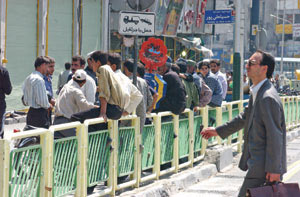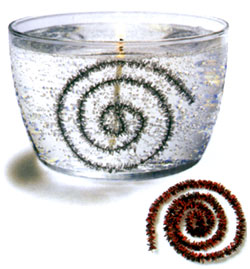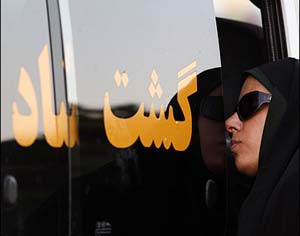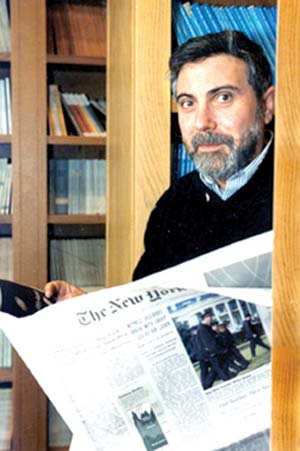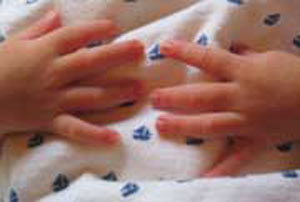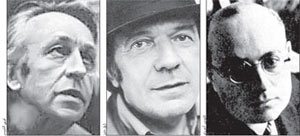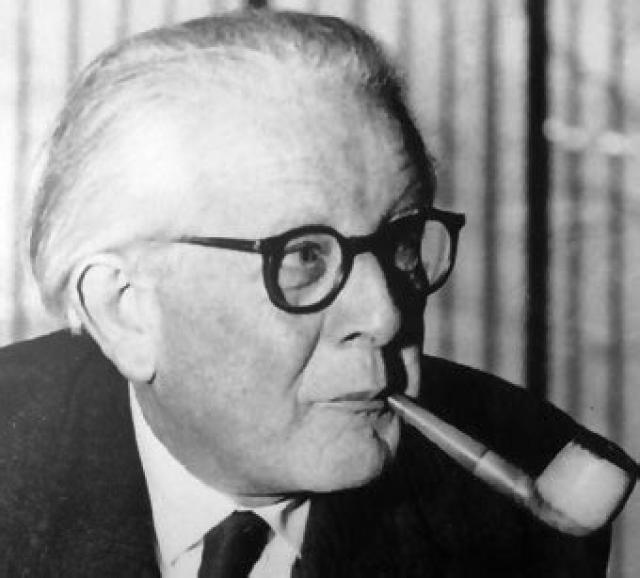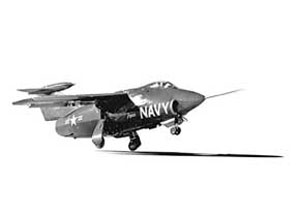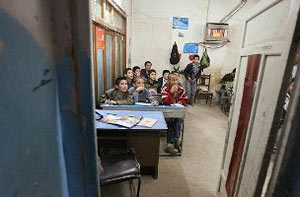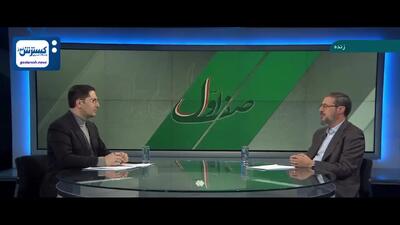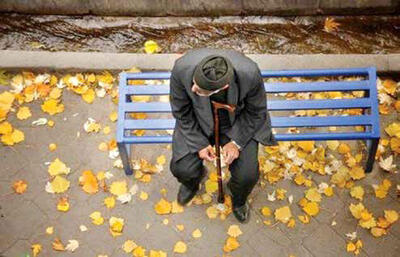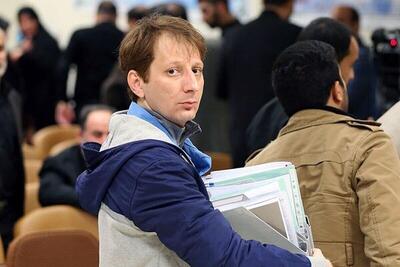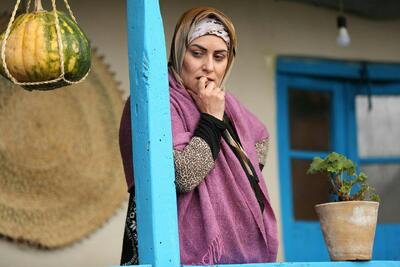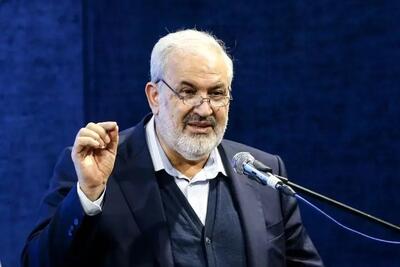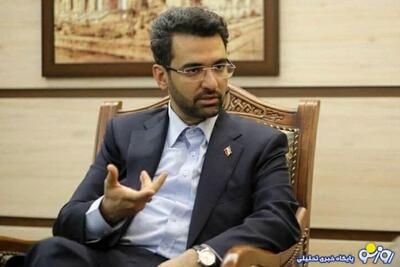سه شنبه, ۹ بهمن, ۱۴۰۳ / 28 January, 2025
بیت لاپاط
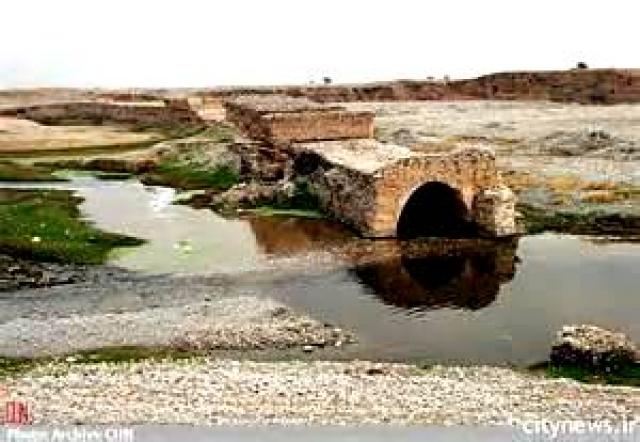
تصویر: پل جندی شاپور
بیت لاپاط نام سریانی وه اندیوک شاپور(گندی شاپور) است که در حدود 260 توسط شاپور اول در خوزستان وبااسیران رومی از ارتش والرین تاسیس شد.
بیت لاپاط نام سریانی وه اندیوک شاپور(گندی شاپور) است که در حدود 260 توسط شاپور اول در خوزستان وبا اسیران رومی از ارتش والرین تاسیس شد. این مکان با ویرانه هایی به نام شاه آباد در هشت فرسخی شمال غرب توستر در جاده دزفول شناسایی شده است.از آنجا که هیچ شواهد باستان شناسی از اشغالقبل از ساسانیان در آنجا وجود ندارد ، بعید است که یک اسقف نشین پیش از ساسانی مسیحی باشد. این شهرستان بر روی هشت خیابان مربع گذاشته شد و توسط ساتراپ تحت شاپوراولاداره می شد.شکل بلاپات در یونانی وقبطی نشان دهنده تلفظ محلی و خراب شدهی لغت بل آباد با ایجاد بل از طریق ریشه شناسی قومی است.
بر طبق نظر دیناوری در زبان خوزی نام این شهرستان نیلات بود، در حالیکه ساکنان آن را نیلاب می خواندند که پایتخت ساسانیان خوزستان بود و حداقل دو بار محل دادگاه سلطنتی ساسانی بود. مانی در آنجا به زندان افتاد و کشته شد زیرا دادگاه بهرام اول(وراهان) (273-76 ) در آنجا بود. شاپور دوم نیز، مدتی پس از 336 دادگاه خود را در آنجا گذاشت و برای موبدی آنجا پیروز تهم شاپور فرستاده شد. طبقه اسقفان مسیحی بیت لاپاط در کلان شهر بیت هوزایه(خوزستان) بودند و گواه آن در 410،420، 424، 486، 497، 544 و 644 است . شورای کلیسایی بیت لاپات که توسط بارساوما(بارساموآ) در 483 تشکیل جلسه داد، گامی مهم در ایجاد یک کلیسای نسطوری جداگانه در دولت ساسانی بود. در قرن ششم یک بیمارستان معروف و دانشکده پزشکی وجود داشت که به خوبی تا دوره اسلامی به طول انجامید .
این شهرستان توسط نیروهای مسلمان تحت رهبری ابو صبرا در17/738 زمانی که ابو موسی فرماندار بصره بود ، گرفته شده بود. این شهرستان به عنوان پایتخت برای یعقوب لیث صفارخدمت کرد(م265/878)که آرامگاه او که مربوط به قرن چهارم/دهم است ، را می توان در آنجا دید. باوجودی که این شهرستان متحمل حملات کردها در اواخر قرن چهارم /دهم شد،هنوز هم یک شهر بزرگ در قرن هشتم /چهاردهم بود.
منبع: http://www.iranicaonline.org/articles/bet-lapat، بازیابی شده از شبکه اینترنت در تاریخ: 24 /11/92
BĒṮ LAPAṬ
the Syriac name for Vēh Antiōk Šāpūr (Gondēšāpūr), founded in ca. 260 by Šāpūr I in Ḵūzestān with the Roman captives from Valerian’s army.
BĒṮ LAPAṬ, the Syriac name for Vēh Antiōk Šāpūr (Gondēšāpūr), founded in ca. 260 by Šāpūr I in Ḵūzestān with the Roman captives from Valerian’s army. The site has been identified with the ruins called Šāhābād, eight farsaḵs northwest of Tostar on the road to Dezfūl. Since there is no archeological evidence of pre-Sasanian occupation there, it is unlikely that it was a pre-Sasanian Christian diocese. The city was laid out eight streets square and was governed by a satrap under Šāpūr I. The form Bēlapat in Greek and Coptic reflects the local pronunciation and was corrupted into Bēl-Ābād,“establishment of Bēl,” through folk etymology. According to Dīnavarī its name was Nīlāṭin the Ḵūzīlanguage, while its inhabitants called it Nīlāb. It was the capital of SasanianḴūzestān, and on at least two occasions was the location of the Sasanian royal court. Mani was imprisoned and killed there because Bahrām (Varahrān) I (r. 273-76) had his court there. Šāpūr II also had his court there sometime after 336, for the mōbad, Pērōz-Tahm-Šāpūr, was sent to him there. The Christian bishopric of BēṯLapaṭwas the metropolitanate of Bēṯ Huzayē (Ḵūzestān) and is attested in 410, 420, 424, 486, 497, 544, and 644. The Synod of BēṯLapaṭconvened by Bar Ṣawmā(Ḇarṣaumā) in 483 was an important step in the creation of a separate Nestorian church in the Sasanian state. By the sixth century there were a famous hospital and medical school there that lasted well into the Islamic period.
The city was taken by Muslim forces under Abū Sabra in 17/738 when Abū Mūsā was governor of Baṣra. It served as capital for Yaʿqūb b. Layṯ al-Ṣaffār (d. 265/878), whose tomb could be seen there in the fourth/tenth century. Although the city suffered from Kurdish attacks in the late fourth/tenth century, it was still a large town in the eighth/fourteenth century.
Bibliography:
Balāḏorī,Fotūḥ,p. 328.
“Chronica Minora I,” in CSCO, Scriptores Syri I, p. 34; II, p. 28, Louvain, 1955.
Dīnavarī, ed. Guirgass, p. 49.
Ebn al-Atīr, VII, pp. 201, 213, 231.
Ḥamza, p. 45. Ṭabarī, I, pp. 2564-68.
R. Adams and D. Hansen, “Archaeological Reconnaissance and Soundings in Jundi-Shāhpūr,” Ars Orientalis 7, 1968, pp. 53-54.
P. Bedjan, Acta Martyrum et Sanctorum, Leipzig and Paris, IV, p. 129.
Camb. Hist. IranIII, pp. 126, 131, 161, 174, 500, 570, 573, 725, 754, 944.
J.-B. Chabot, Synodicon Orientale, Paris, 1902, pp. 33, 42, 43, 53, 59, 62, 90, 272, 283-84, 285, 300, 306, 310, 345.
Ph. Gignoux, “Éléments de prosopographie de quelques mōbads sasanides,” JA 270, 1982, pp. 265-66.
G. Le Strange, The Lands of the Eastern Caliphate, Cambridge, 1930, pp. 233, 238.
A. Maricq, “Res Gestae Divi Saporis,” Syria 35, 1958, pp. 326-27.
Markwart, Provincial Capitals, p. 98.
W. Sundermann, “Studien zur kirchengeschichtlichen Literatur der iranischen Manichäer II,” Altorientalische Forschungen 13, 1986, pp. 254, 301, 303.
(Michael Morony)
Originally Published: December 15, 1989
Last Updated: December 15, 1989
This article is available in print.
Vol. IV, Fasc. 2, pp. 187-188
ایران مسعود پزشکیان دولت چهاردهم پزشکیان مجلس شورای اسلامی محمدرضا عارف دولت مجلس کابینه دولت چهاردهم اسماعیل هنیه کابینه پزشکیان محمدجواد ظریف
پیاده روی اربعین تهران عراق پلیس تصادف هواشناسی شهرداری تهران سرقت بازنشستگان قتل آموزش و پرورش دستگیری
ایران خودرو خودرو وام قیمت طلا قیمت دلار قیمت خودرو بانک مرکزی برق بازار خودرو بورس بازار سرمایه قیمت سکه
میراث فرهنگی میدان آزادی سینما رهبر انقلاب بیتا فرهی وزارت فرهنگ و ارشاد اسلامی سینمای ایران تلویزیون کتاب تئاتر موسیقی
وزارت علوم تحقیقات و فناوری آزمون
رژیم صهیونیستی غزه روسیه حماس آمریکا فلسطین جنگ غزه اوکراین حزب الله لبنان دونالد ترامپ طوفان الاقصی ترکیه
پرسپولیس فوتبال ذوب آهن لیگ برتر استقلال لیگ برتر ایران المپیک المپیک 2024 پاریس رئال مادرید لیگ برتر فوتبال ایران مهدی تاج باشگاه پرسپولیس
هوش مصنوعی فناوری سامسونگ ایلان ماسک گوگل تلگرام گوشی ستار هاشمی مریخ روزنامه
فشار خون آلزایمر رژیم غذایی مغز دیابت چاقی افسردگی سلامت پوست






